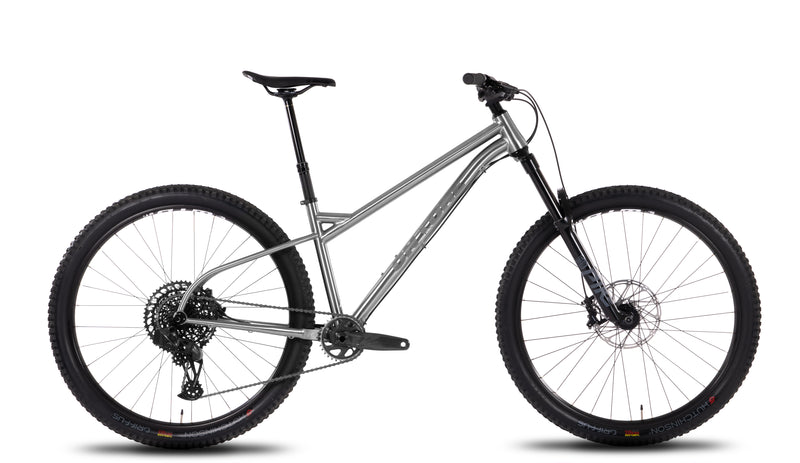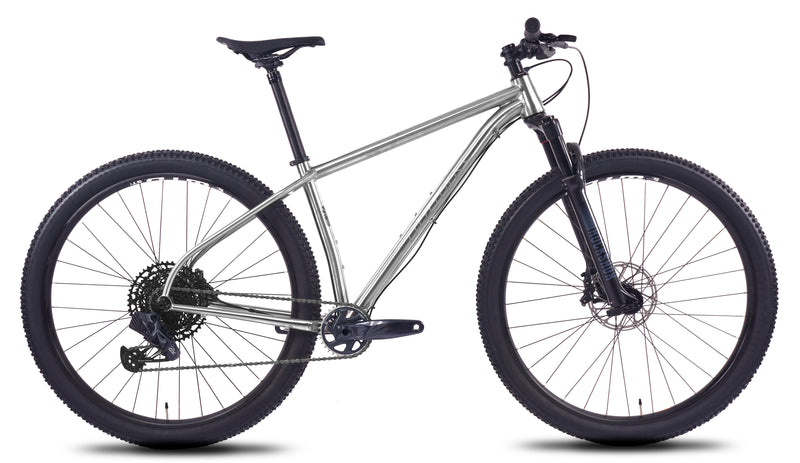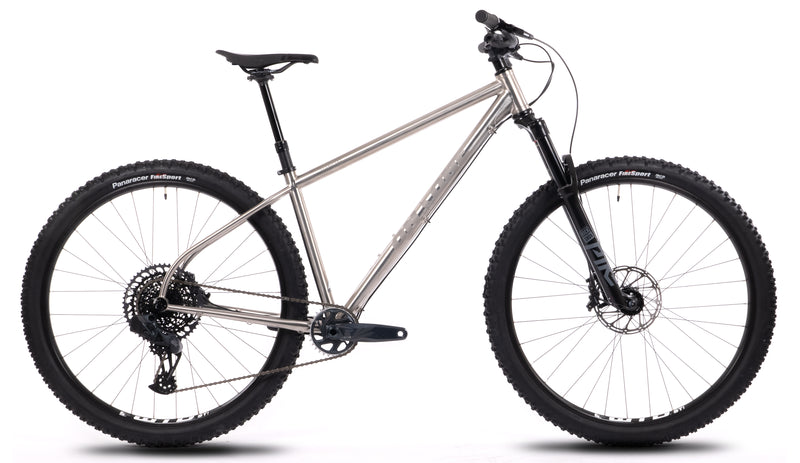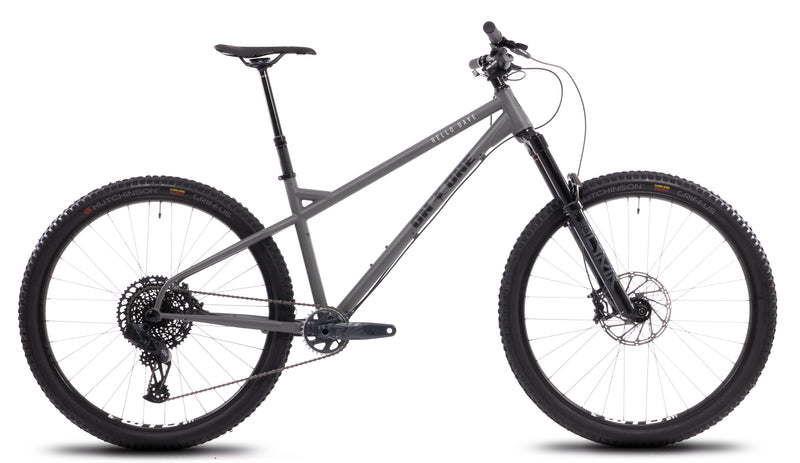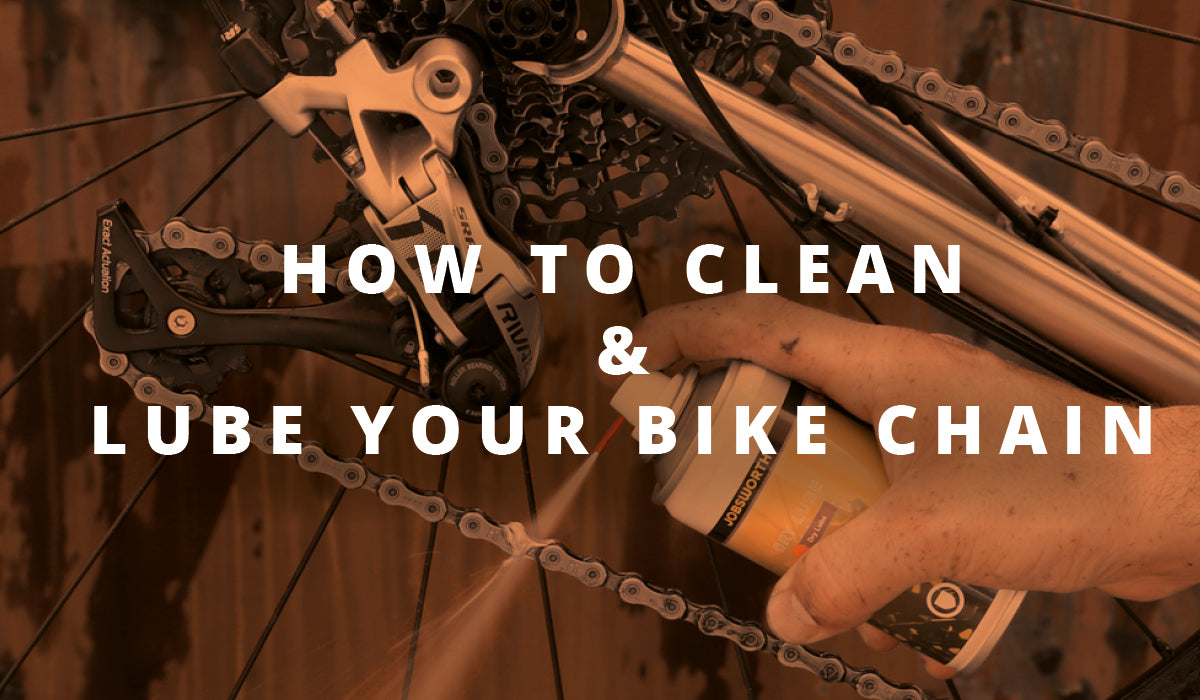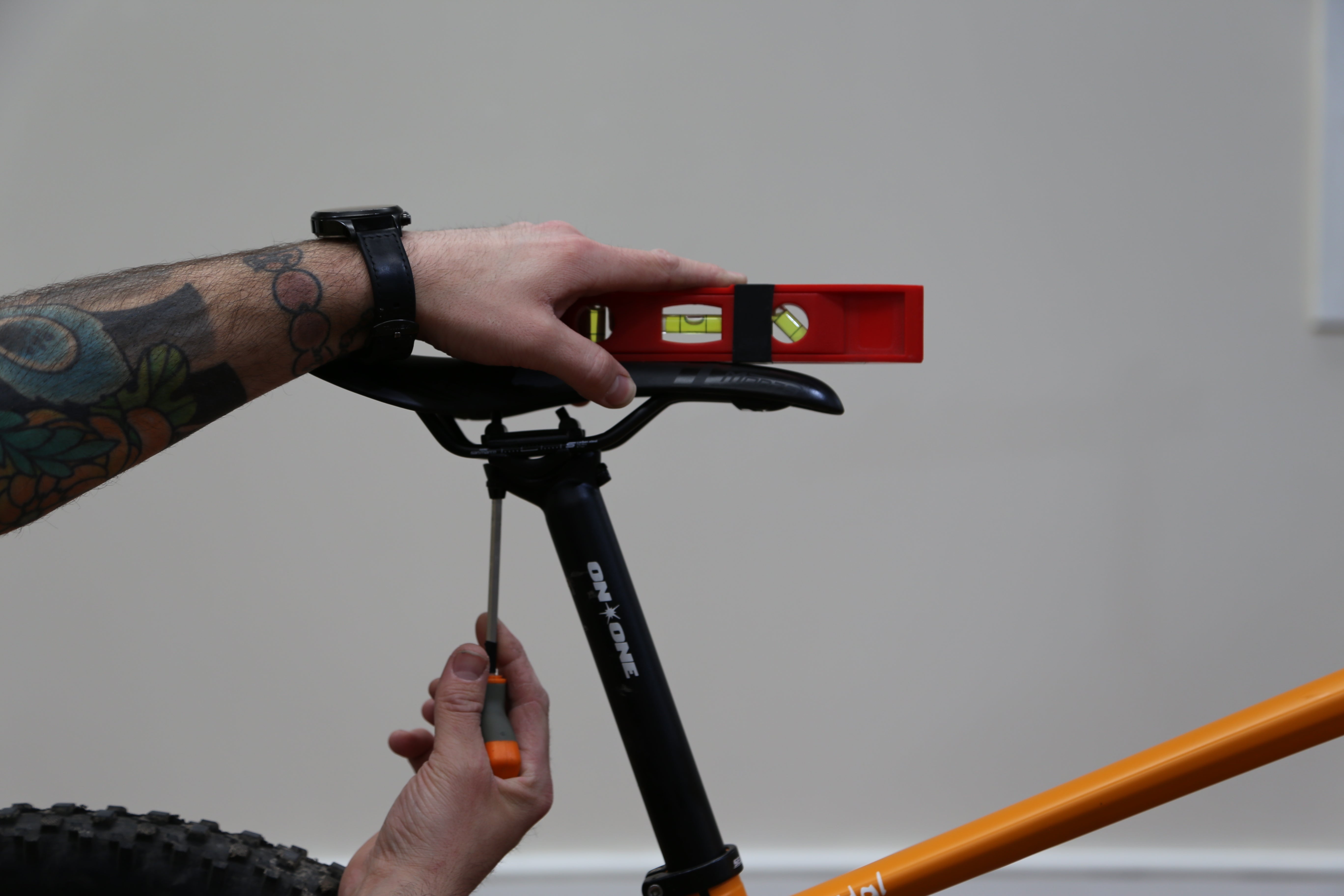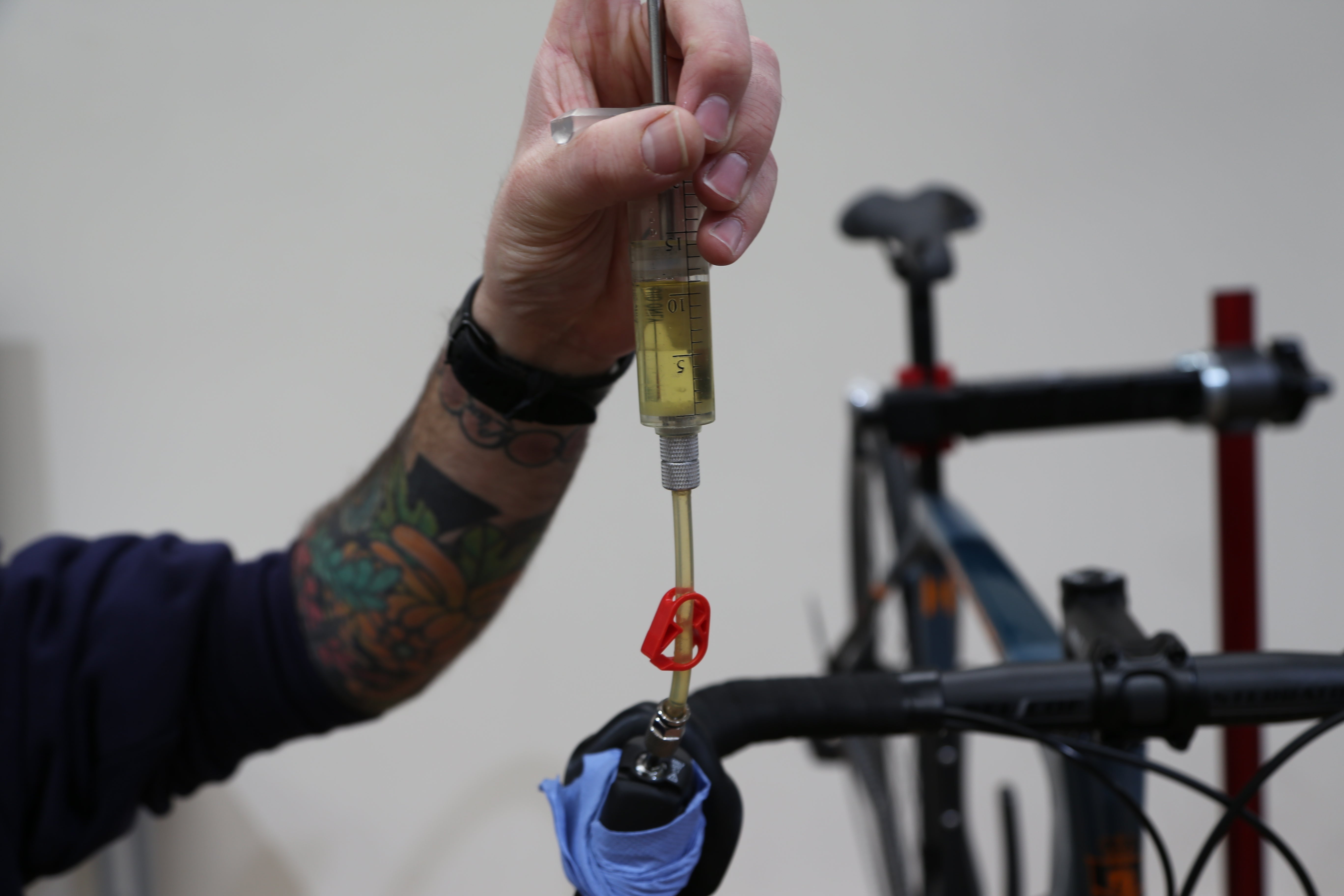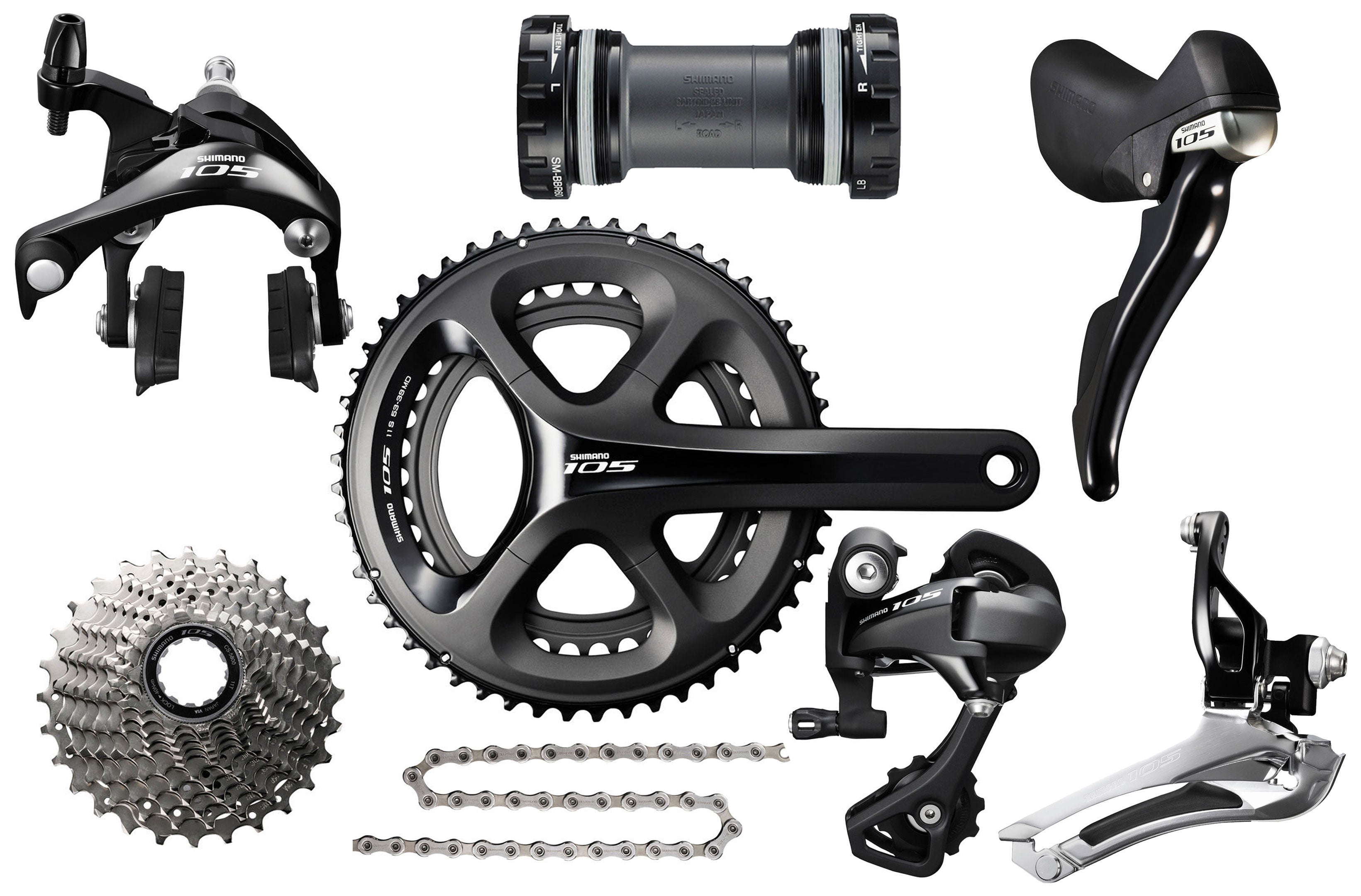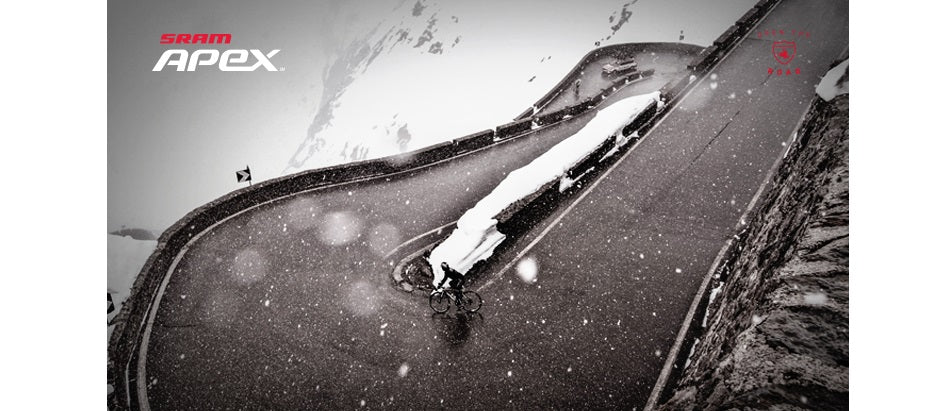How to avoid pinch flats
25 July 2020When the snake bites…
If you are a keen and experienced mountain biker you know this feeling very well – you are going down a rough and technical trail with blistering speed, everything is going just perfectly, your speed is increasing more and more and then… BANG! Pssssssssssssssssssst!
We all know the horrible noise of a tube that is leaking air. Your tyre is getting softer and softer and there is nothing you can do about it in that moment. Of course, this is then followed by the usual routine – stopping, removing the wheel, removing the tube, patching it up, reinflating it and making your mates wait for you. But is there anything you can do to make it happen less often? Let’s discuss it further…
How to avoid pinch flats
First of all let’s define what kind of flat tyres we are talking about here.
The ones we specifically mean are called ‘’pinch flats’’ or ‘’snake bites’’ and these occur when your tube gets punctured on both sides by the edges of your rim. It is usually a result of hitting a curb or a rough and rocky trail section fast with not enough tyre pressure. It can happen to both tyres but happens more often to the rear tyre as it is additionally pushed to the ground by your weight.
It is the worst kind of puncture as your tube gets seriously damaged and, due to the size of holes, it almost always needs replacing. There is also a serious danger of denting or bending the sidewalls of your rim or, in the very worst case, cracking it beyond repair.
All that above sounds really nasty and no one would like it to happen. Fortunately, there are a few ways to prevent this kind of punctures from happening.
- Make sure you have enough tyre pressure, especially in your rear tyre.
We all enjoy the advantages of softer rubber on descents – added grip, smoothness and comfort on rough and technical trails. Unfortunately it all comes at a price – softer tyres make your rim roll closer to the ground and therefore making your set up more prone to pinch flats. A few more Psi, especially in your rear tyre might make your ride feel a bit rougher and less comfortable but it will help to prevent yout tyres from Snake Bites. Although increasing tyre pressure can help reduce the risk of pinch flats in both tyres, you can get away with a lower pressure in your front tyre as they are at a lower risk already.
Additionally in the long run, increasing your tyre pressure can help you to become a better rider. This is because you will learn how to analyse a trail and pick your line more carefully rather than just flying straight through your obstacles.
Your desired tyre pressure depends on your weight, tyre choice (2 and 3-ply tyres can be run at lower pressures) and the type of terrain you will be riding on (rocky and rough or smooth and flowy).
- Picking your line
Since pinch flats are often caused by hard hits to your rims, one way to reduce the risk of them occurring is to try to avoid such hits. Obviously mountain biking will always involve a degree of rough and tumble, but that doesn’t mean you have to launch yourself at all the biggest and sharpest rocks on the trail. Looking ahead and planning your route to take advantage of the smoothest places can save you time and money - plus it’s what makes pro riders so quick!
- Maintaing your speed.
While mountain biking is all about exhilaration and the thrill of the ride, be careful not to get ahead of yourself. Ideally, you want to go quickly enough to be smooth but not so fast that your speed overtakes your abilities, leaving you and your bike out of control. This will help to ensure that when a big rock comes along, you’re ready and able to choose a smoother path rather than hitting it head on an causing an unexpected puncture. Sometimes slow is fast!
- Equip your bike with 2-ply or 3-ply tyres.
Double and triple compound tyres have harder and stronger sidewalls compared to regular tyres but still provide plenty of grip thanks to softer side knobs. Stiffer and tougher side walls are less likely to bend under pressure helping to reduce the risk of your tube getting trapped between the obstacle and your rim. These kinds of tyres are more advanced and usually more expensive than single compound ones but the investment can pay off in terms of reduced tube replacement costs.

- Try wider rims.
The narrower your rim is, the easier it is for the tube to get trapped between the outside rim wall and an obstacle, often leading to pinch flats. Although wider rims won’t necessary prevent you from ever getting a pinch flat, they can reduce the risk.
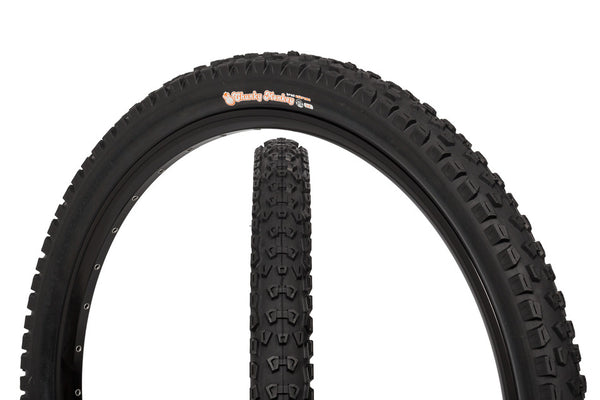
- Go tubeless.
Tubeless systems are getting more and more popular and we are not surprised – if the tube is removed there is no risk of a pinch flat. There are plenty of good-quality, high-volume tubeless ready tyres available on the market nowadays. This kind of tyre allows you to switch to tubeless if you use special, sealed rim tape, tyre sealing liquid, a tubeless valve and a higher-wall rim. You should be able to make the conversion yourself with using a good-quality track pump. It’s important to note that tubeless tyres can lose pressure when pushed too hard and ridden at low pressures as the tyre wall might come off the rim and lose air. This kind of issue can be repaired easily though by adding a bit more tyre sealing liquid increasing the Pressure.
If you’ve been suffering from pinch flats, we hope the tips we’ve explained help you to solve the problem. All the solutions above have been tried and tested by our riders and we all recommend going tubeless if possible – this system has really improved over the last few years and proves to be bomb and puncture-proof.
Just apply some subtle changes to your riding style and bike setup and you'll not only be suffering fewer flat tyres but also enjoying a smoother and faster ride.
